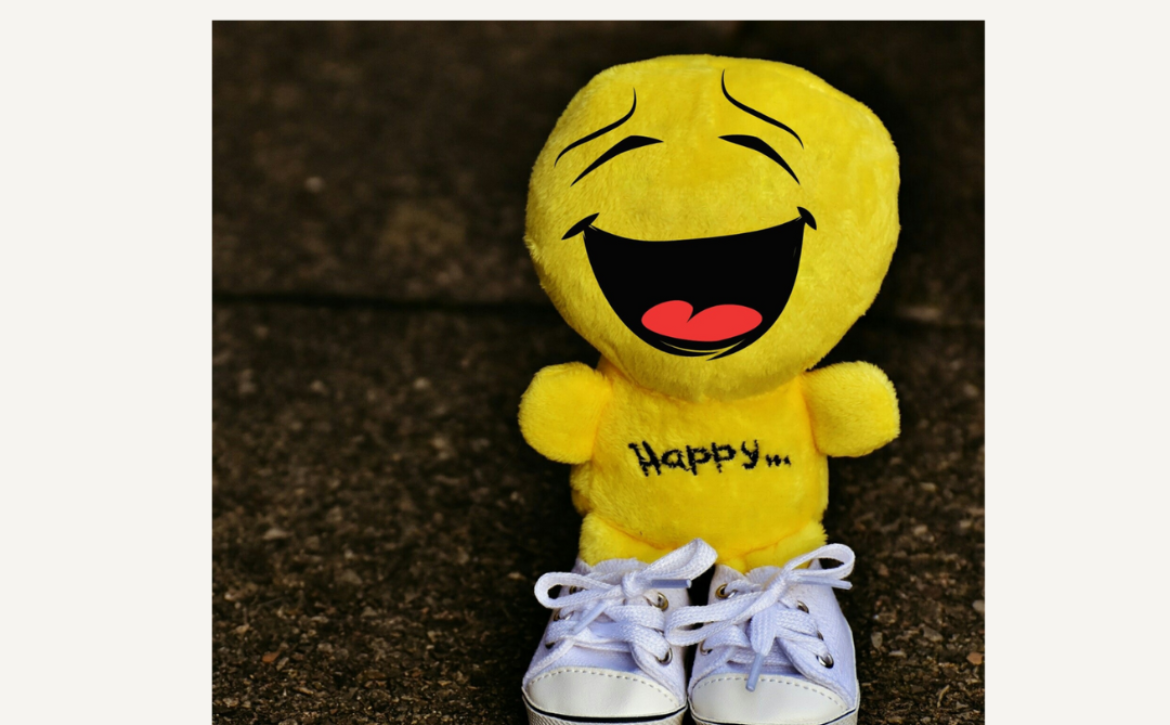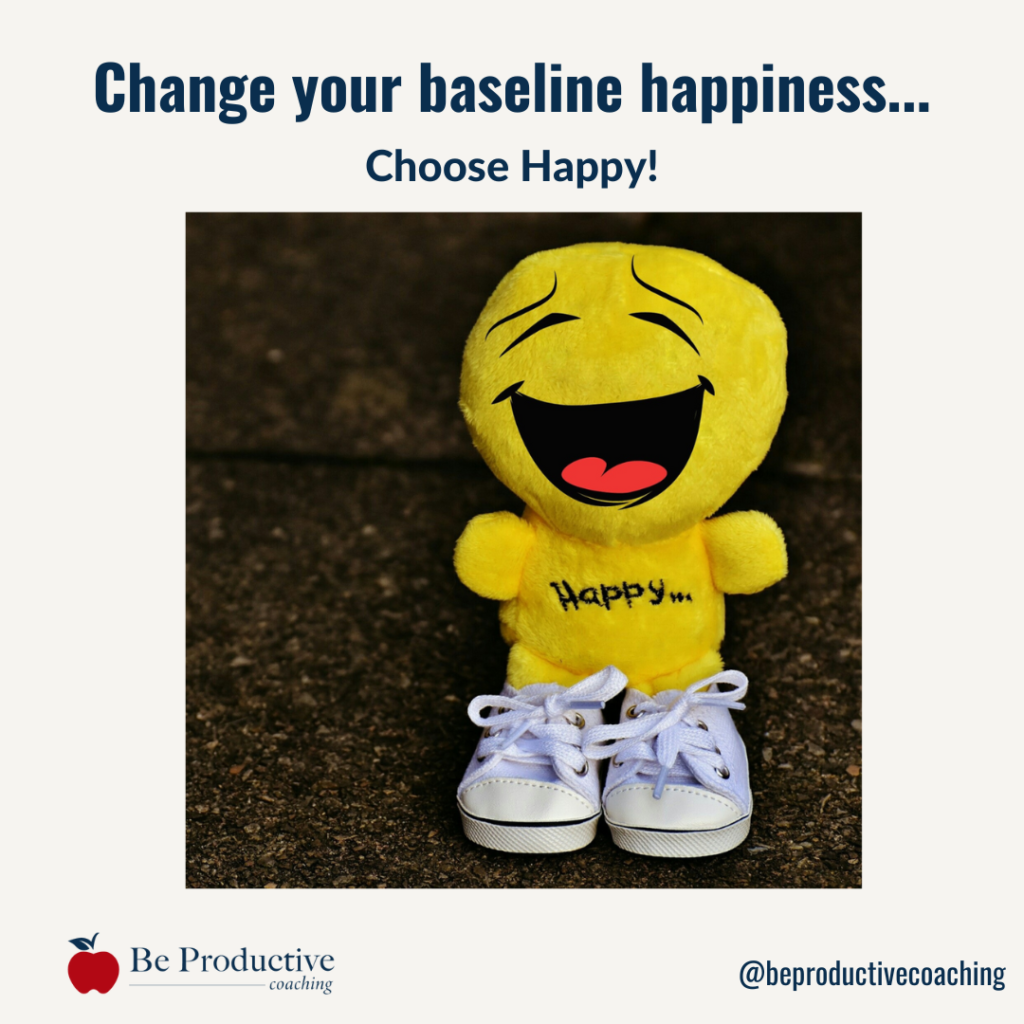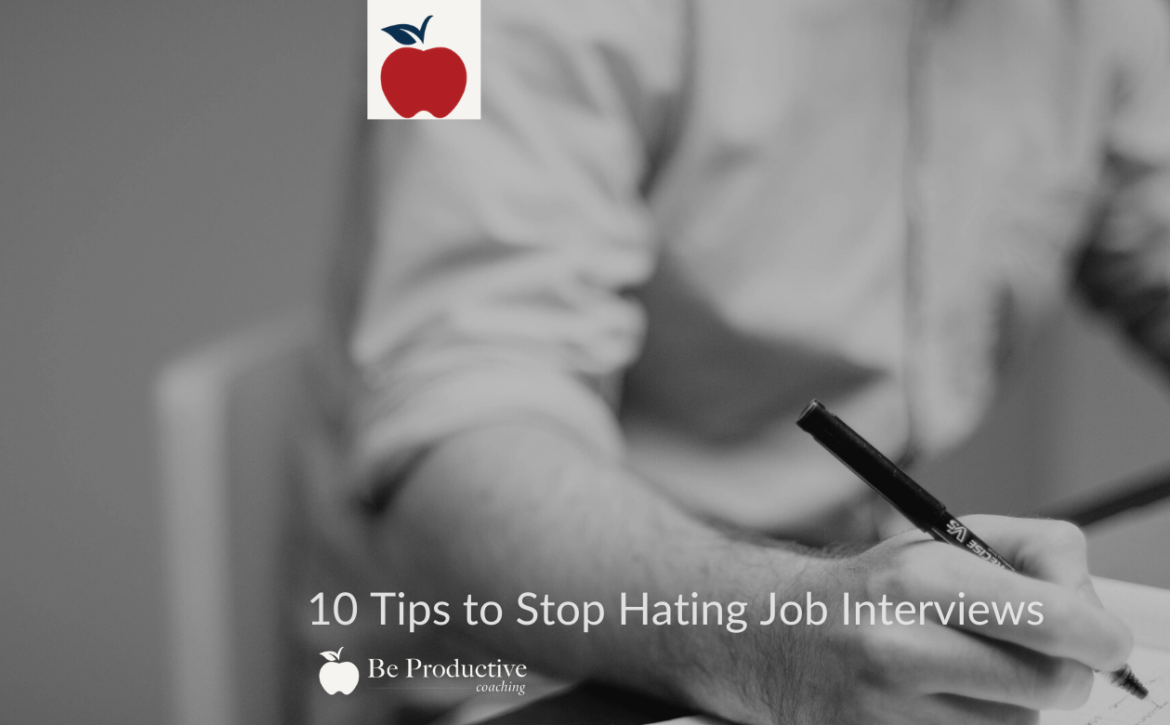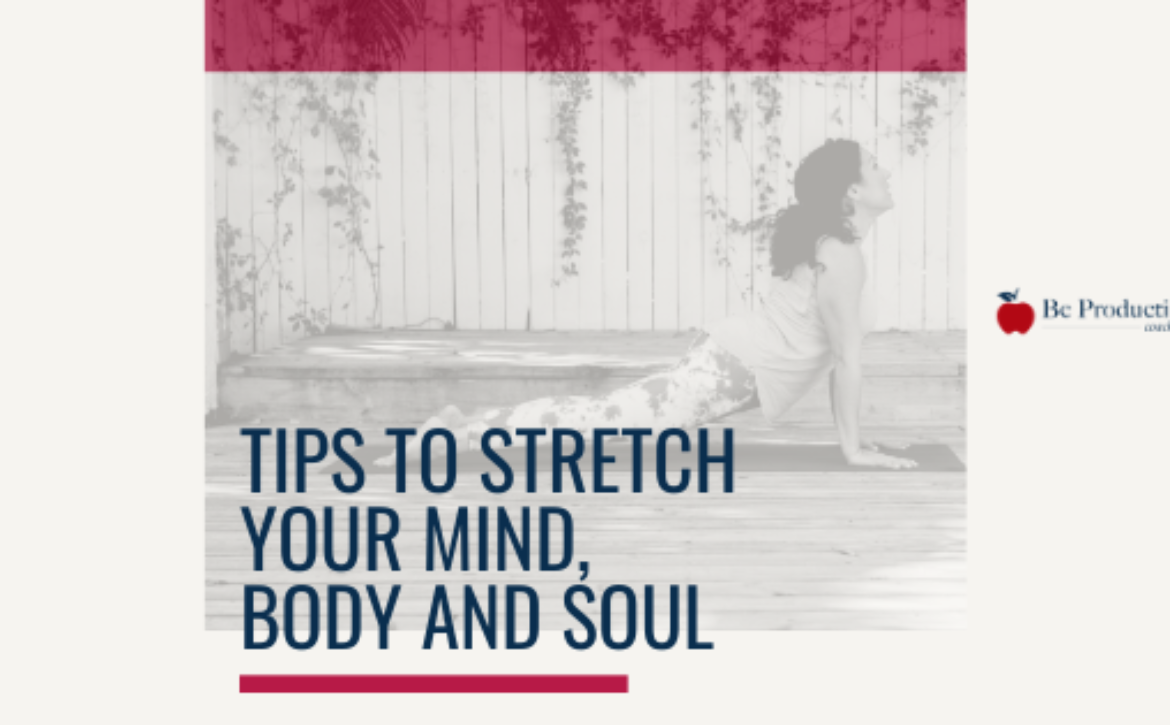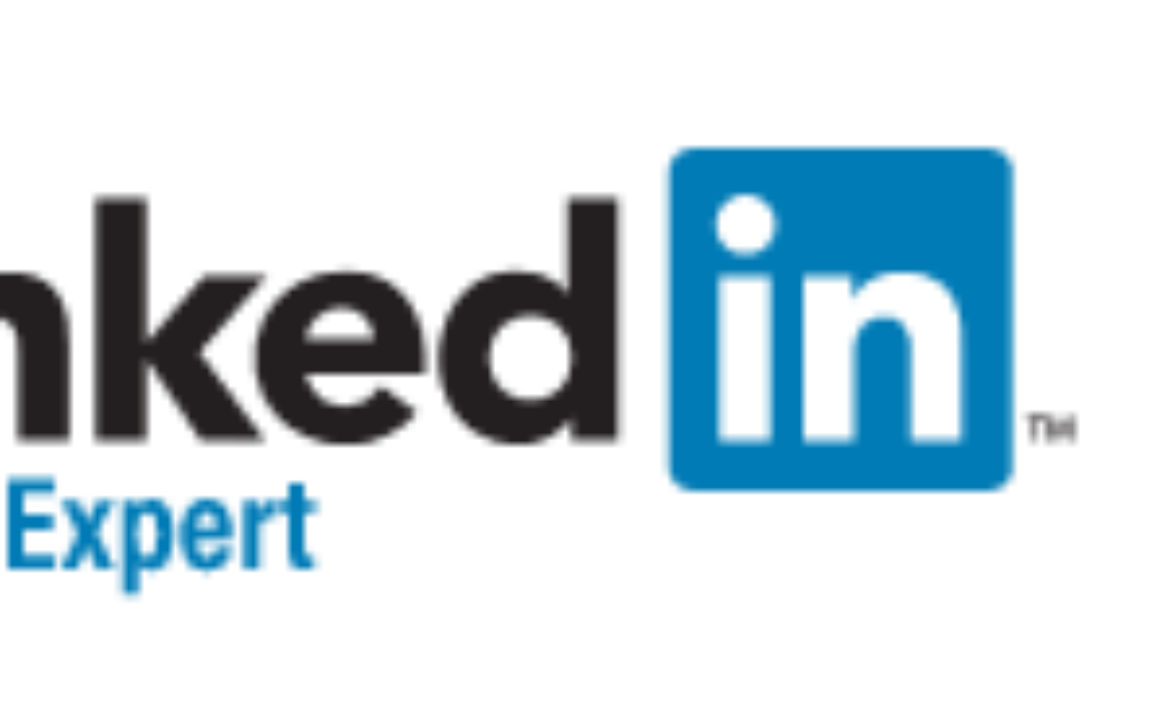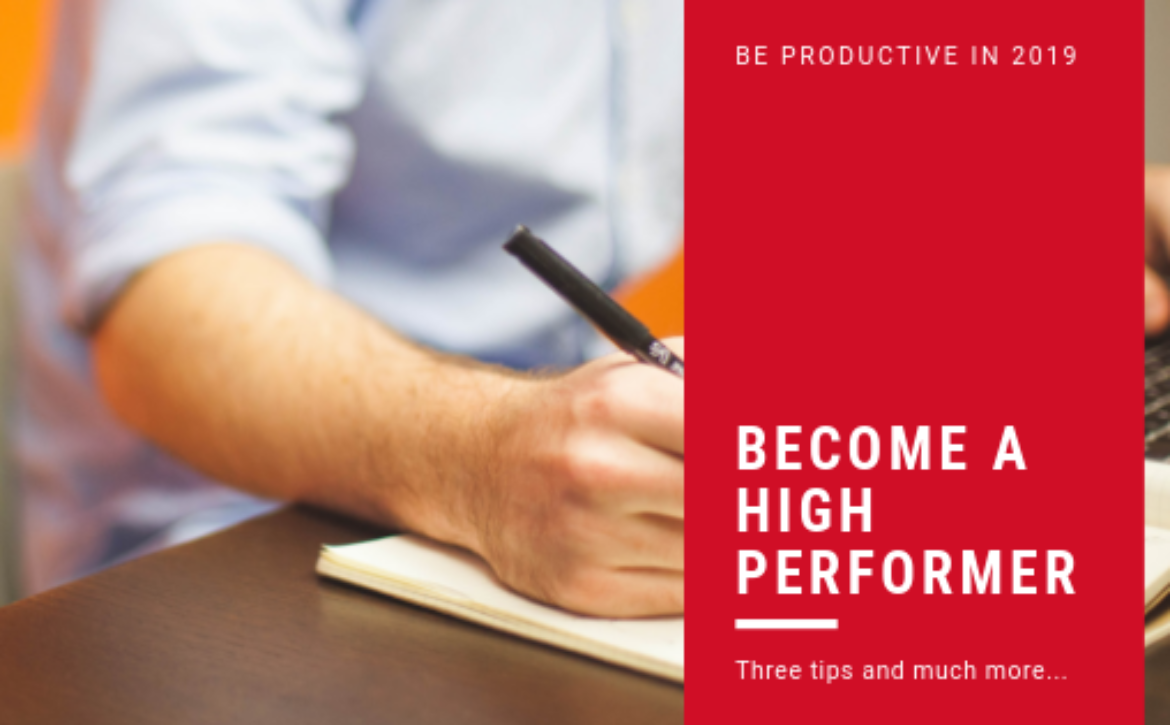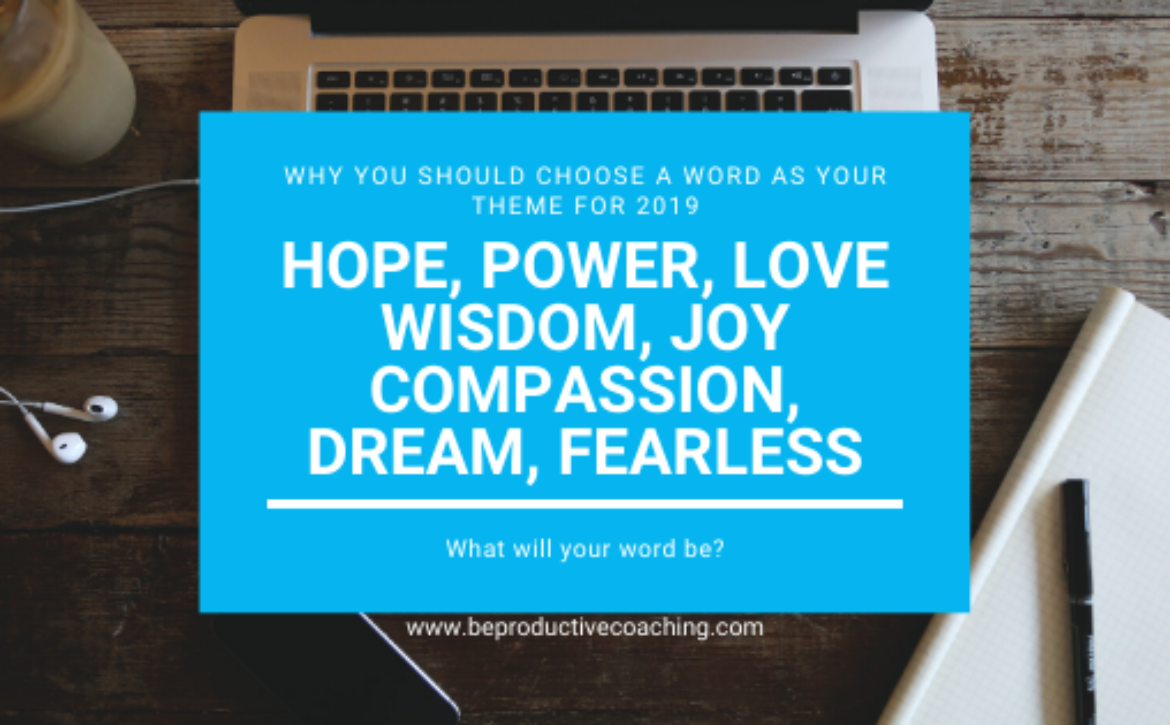4 Simple Exercises to Introduce a Gratitude Practice
She began her career in Hospitality, and after over 20 years, she realized she had outgrown her career; in 2013, she transitioned her skillset, earned her Certificate in Meeting Management, and started her first company, Be Productive Meetings & Events. After a great start, she felt that something was still missing. She went inward and discovered that she missed the coaching and leadership of her teams. A year later, in 2014, she received her Global Certificate in Leadership Coaching and founded Be Productive Coaching, a boutique firm based in Miami, Florida. With over twenty-five years of experience in leadership, Vimari has mentored and coached hundreds of high-performing professionals in various industries, amplifying their unique talents and strengthening their mental muscles to help them achieve peak performance, fulfillment, and growth.
Vimari is a Certified Leadership and Positive Intelligence Coach who speaks on Mental Fitness, Professional Branding, and Career Strategies and Transitions. She is a proud and engaged member of the South Florida ICF Chapter, and in 2019 she was recognized by LinkedIn as a LinkedIn Career Expert.
Know someone who could benefit from working with a coach specializing in career strategies, professional branding, positive intelligence, and mental fitness? Personal Introductions are the lifeblood of solopreneurship! www.beproductivecoaching.com
[/vc_column_text][/vc_column][/vc_row]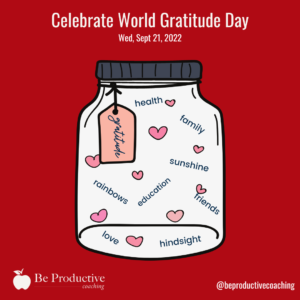
Did you know that September 21st is World Gratitude Day?
World Gratitude Day has been designed to bring the whole world together in a day that is all about being thankful. World Gratitude Day joins organizations, nationals, and individuals in sharing their gratitude in a number of different ways.
History of World Gratitude Day
The celebration started in 1965 in Hawaii when an international gathering decided that it would be a good idea to have one day per year to formally express gratitude and appreciation for the many wonderful things to be found in the world. Following the meeting in Hawaii, many attendees marked Gratitude Day on 21st September 1966 when back in their own countries. Since then, the number of people celebrating Gratitude Day worldwide has grown and grown. (https://www.daysoftheyear.com/days/world-gratitude-day/)
The benefits of practicing gratitude are nearly endless. In celebration of “World Gratitude Day”, I want to share with you some of those benefits in hopes that you can incorporate this important practice into your life.
It’s proven that people who regularly practice gratitude by taking time to notice and reflect upon the things they’re thankful for experience:
- positive emotions
- feel more alive
- sleep better
- express more compassion and kindness
- even have stronger immune systems
It’s in the little things:
- being grateful for waking up
- your health
- simple as a delicious piece of pie
- your mani & pedi
- your ability to move your body and exercise
- coffee
- a hug
- your daily dog walk
- being alive
This is all great but is there any research? Absolutely, positive psychology and a recent case study recognized that a gratitude practice increases:
- happiness and wellbeing
- appears to create a healthier heart (A Grateful Heart is a Healthier Heart)
- in the same study, gratitude was also associated with improved sleep and less fatigue
In addition, gratitude has been shown to:
Help you make friends: A study found that thanking a new acquaintance makes them more likely to seek a more lasting relationship with you.
Improve your physical health: People who show gratitude report fewer aches and pains, a general feeling of health, more regular exercise, and more frequent checkups with their doctor than those who don’t.
Improve your psychological health: Grateful people tend to have stronger sage muscles enjoying higher well-being and happiness, and suffer from reduced symptoms of depression.
Enhance empathy and reduces aggression: Those who show their gratitude are less likely to seek revenge against others and more likely to behave in a prosocial manner, with sensitivity and empathy.
Enhance your self-esteem: Grateful People have increased self-esteem, partly due to their ability to appreciate other people’s accomplishments.
Increase in mental strength: Grateful people have an advantage in overcoming trauma and enhanced resilience, helping them to strengthen their sage mental muscles allowing them to bounce back much quicker from highly stressful situations.
Combine your gratitude practice with a mindfulness practice, and you’ll actually be able to shrink your amygdala.
The amygdala is the ‘fight or flight’ center of the brain regulating:
- Worry
- Fear
- Reactivity
- Our response to stress
In addition, Univ. of Wisconsin – Neuro Richard Davidson, professor of psychology and psychiatry, confirmed that this combination could also increase the Immune System in as little as 8 weeks of training.
My goal behind sharing this information with you is that you understand how powerful a gratitude practice can be in enhancing your health, cognition, and performance.
Here are 4 simple exercises you can do to introduce a gratitude practice into your life:
- Gratitude Journal – One Week Commitment:
 This is my favorite exercise to suggest for my clients. Take time at the end of each day to write down 3 things that you are grateful for. Think about what you’re grateful for concerning your work life, friendships, past events, or life circumstances. Maybe try doing this daily for one week, and then you can do it once or twice a week. When the strategy starts feeling like a chore, stop it for a while or mix it up. If you are ever feeling especially down and need a quick pick-me-up, take your journal out and read it to remind yourself of what is good in your life.
This is my favorite exercise to suggest for my clients. Take time at the end of each day to write down 3 things that you are grateful for. Think about what you’re grateful for concerning your work life, friendships, past events, or life circumstances. Maybe try doing this daily for one week, and then you can do it once or twice a week. When the strategy starts feeling like a chore, stop it for a while or mix it up. If you are ever feeling especially down and need a quick pick-me-up, take your journal out and read it to remind yourself of what is good in your life. - Handwrite Random Thank You Cards or Letters:
 I love doing this at conferences and retreats and leaving these randomly for my husband. Buy a stack of blank “Thank you” cards or just blank cards, and for one month, mail out a minimum of one (1) card or letter per week to someone who has done something you appreciate and/or you are just grateful to have them in your life.
I love doing this at conferences and retreats and leaving these randomly for my husband. Buy a stack of blank “Thank you” cards or just blank cards, and for one month, mail out a minimum of one (1) card or letter per week to someone who has done something you appreciate and/or you are just grateful to have them in your life. - Gratitude Rock:
 The secret to this exercise is that the rock is just a symbol, a physical object you can use to remind yourself of what you have. I brought a gratitude rock back from my recent pilgrimage on the Camino as a reminder of how wonderful I felt during that trip and how grateful I am to have had the opportunity to complete the journey. The instructions are about as simple as instructions can be: just find a rock! Make sure to pick the one you like, whether you like it because it’s pretty because it is smooth or has an interesting texture, or because you picked it up from a special place. If you have another small object you’d rather use instead, feel free to substitute that for the rock. Carry this rock in your pocket, leave it on your desk where you will see it throughout your day, or even wear it on a chain around your neck or wrist. Whenever you see it or touch it, pause to think about at least one thing you are grateful for. Whether it’s something as small as the sun shining down on you at this moment or as large as the job that allows you to feed yourself or your family, just think of one thing that brings you joy or fulfillment. When you take the stone out of your pocket or off your body at the end of the day, take a moment to remember the things that you were grateful for throughout the day. Repeat this process when you put it on or in your pocket again in the morning to remember what you were grateful for yesterday. Not only will this help you remember the things you are grateful for, but it can also trigger a mini-mindfulness moment in your day. It will bring you out of your head and into the present moment, giving you something to focus your attention on. It can also act as a switch to more positive thinking.
The secret to this exercise is that the rock is just a symbol, a physical object you can use to remind yourself of what you have. I brought a gratitude rock back from my recent pilgrimage on the Camino as a reminder of how wonderful I felt during that trip and how grateful I am to have had the opportunity to complete the journey. The instructions are about as simple as instructions can be: just find a rock! Make sure to pick the one you like, whether you like it because it’s pretty because it is smooth or has an interesting texture, or because you picked it up from a special place. If you have another small object you’d rather use instead, feel free to substitute that for the rock. Carry this rock in your pocket, leave it on your desk where you will see it throughout your day, or even wear it on a chain around your neck or wrist. Whenever you see it or touch it, pause to think about at least one thing you are grateful for. Whether it’s something as small as the sun shining down on you at this moment or as large as the job that allows you to feed yourself or your family, just think of one thing that brings you joy or fulfillment. When you take the stone out of your pocket or off your body at the end of the day, take a moment to remember the things that you were grateful for throughout the day. Repeat this process when you put it on or in your pocket again in the morning to remember what you were grateful for yesterday. Not only will this help you remember the things you are grateful for, but it can also trigger a mini-mindfulness moment in your day. It will bring you out of your head and into the present moment, giving you something to focus your attention on. It can also act as a switch to more positive thinking. - Gratitude Jar:
 The gratitude jar is a stunningly simple exercise that can profoundly affect your well-being and outlook on life. My sister-in-law gifted us a jar a few years back, and we love having it on the kitchen counter as a reminder. It only requires a few ingredients: a jar (a box can also work); a ribbon, stickers, glitter, or whatever else you like to decorate the jar; paper and a pen or pencil for writing your gratitude notes; and gratitude!
The gratitude jar is a stunningly simple exercise that can profoundly affect your well-being and outlook on life. My sister-in-law gifted us a jar a few years back, and we love having it on the kitchen counter as a reminder. It only requires a few ingredients: a jar (a box can also work); a ribbon, stickers, glitter, or whatever else you like to decorate the jar; paper and a pen or pencil for writing your gratitude notes; and gratitude!
Step 1: Find a jar or box.
Step 2: Decorate the jar with your decorating implements to make it a happy sight. (See pic for an example)
Step 3: This is the final, most important step, which will be repeated daily. Think of at least three things you are grateful for throughout your day. It can be something as benign as a coffee at your favorite coffee shop or as grand as the love of your significant other or dear friend. Do this daily, write down what you are grateful for on little slips of paper, and fill the jar. Over time, you will find that you have a jar full of many reasons to be thankful for what you have and enjoy your life. If you are ever feeling especially down and need a quick pick-me-up, take a few notes out of the jar to remind yourself of what is good in your life.
Tip: You can make any of these a team-building exercise, but I particularly love and recommend the handwritten thank you cards and the gratitude jar. With the gratitude jar, you can bring it to your monthly team meeting and have the team pick one piece of paper out and read it out loud.
I hope these inspire you. Gratitude is much more fun when shared, so share these with family and friends.
In gratitude,
Vimari
p.s. If you are seriously interested in shrinking your amygdala, I recommend you consider joining my next Mental Fitness Bootcamp. This truly life-changing program correlates with the 18-dimensions of Emotional Intelligence (EQ) and is proven to increase your EQ by teaching you to respond to life’s challenges with a positive rather than negative mindset, creating more calm, ease, and healthy relationships in your life. The next cohort starts Mon 9/26, and it’s all virtual. Learn more here: Crushing Mental Fitness 7-Week Program

Founder Vimari Roman changes lives by helping professionals achieve peak performance and fulfillment through career strategies, coaching, professional branding, and mental fitness.
She began her career in Hospitality, and after over 20 years, she realized she had outgrown her career; in 2013, she transitioned her skillset, earned her Certificate in Meeting Management, and started her first company, Be Productive Meetings & Events. After a great start, she felt that something was still missing. She went inward and discovered that she missed the coaching and leadership of her teams. A year later, in 2014, she received her Global Certificate in Leadership Coaching and founded Be Productive Coaching, a boutique firm based in Miami, Florida. With over twenty-five years of experience in leadership, Vimari has mentored and coached hundreds of high-performing professionals in various industries, amplifying their unique talents and strengthening their mental muscles to help them achieve peak performance, fulfillment, and growth.
Vimari is a Certified Leadership and Positive Intelligence Coach who speaks on Mental Fitness, Professional Branding, and Career Strategies and Transitions. She is a proud and engaged member of the South Florida ICF Chapter, and in 2019 she was recognized by LinkedIn as a LinkedIn Career Expert.
Know someone who could benefit from working with a coach specializing in career strategies, professional branding, positive intelligence, and mental fitness? Personal Introductions are the lifeblood of solopreneurship! www.beproductivecoaching.com



